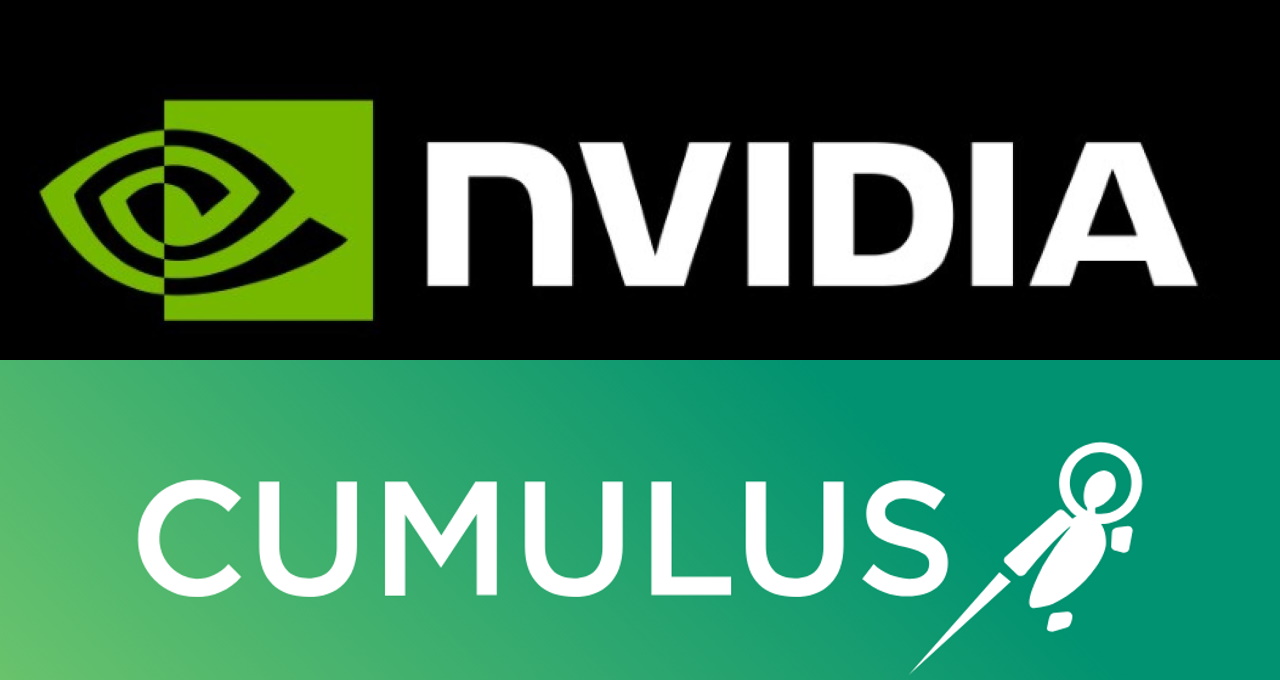Starting today, the open, modern data center has a familiar partner with a new look and a broader reach.
Cumulus Networks is now officially a part of NVIDIA’s networking business unit formed earlier this year with the Mellanox acquisition. The combination gives users a choice of ingredients to power data centers that are accelerated, disaggregated and software-defined to meet the exponential growth in AI, cloud and high performance computing.
The data center is rapidly evolving into the new unit of computing. It’s built on a distributed network of compute and storage resources users need to program to address their changing workloads and expanding datasets.
That’s why Cumulus is a key part of NVIDIA’s networking vision. It provides a popular suite of networking software from operating systems to analytics that gives users choice in how they deploy and automate their data centers.
Driving the Open Road in Networking
Cumulus supports more than 2,000 customers using 130 hardware platforms that run Cumulus Linux, its operating system for network switches. Likewise, Mellanox has been giving users a choice of networking software under its Open Ethernet strategy, forged in 2013.
Since 2016, our ultrafast Mellanox Spectrum switches have shipped with Cumulus Linux and SONiC, the open source offering forged in Microsoft’s Azure cloud and managed by the Open Compute Project. And today, the ONIE environment Cumulus created is a software foundation for Mellanox’s switches.
In addition, Mellanox supports DENT, a distributed Linux software framework for retail and other enterprises at the edge of the network. And our Onyx operating system continues to expand, especially in Ethernet Storage Fabrics.
All of today’s major network operating systems, including Cumulus Linux, SONiC and DENT, are built on Free Range Routing (FRR), the open-source software for Ethernet routing that Cumulus helped create. NVIDIA will continue Cumulus’ work maintaining and advancing FRR for the Linux community as a key plank of open networking.
Our history of support for choice in networking software and hardware continues and expands. For example, our network analytics and management software, Cumulus NetQ, will continue to embrace and extend innovations for open networking.
A Programmable Network Orchestrates GPUs, DPUs
Users need rich choices in networking software to orchestrate the evolving elements of the data center.
The rise of AI and data analytics has made GPU accelerators a key ingredient. Meanwhile, data processing units (DPUs) have emerged in SmartNICs like the Mellanox BlueField-2 to handle networking, security and storage tasks.
The combination of hardware and software provides unique opportunities. For example, analytics programs could identify issues that AI software could automatically address in self-healing networks.
It’s the kind of advance that requires companies that can innovate across the stack from chips to analytics in networking and accelerated computing with GPUs and DPUs.
Networking hardware and software must go hand in hand so AI, cloud and HPC workloads can run flexibly across any part of the entire data center. With the demand for this kind of elastic computing, there’s no going back to the past where each network system had its own proprietary programming environment.
That’s why we’re glad to welcome Cumulus today as part of NVIDIA. We look forward to the innovations we’ll deliver to customers together.
